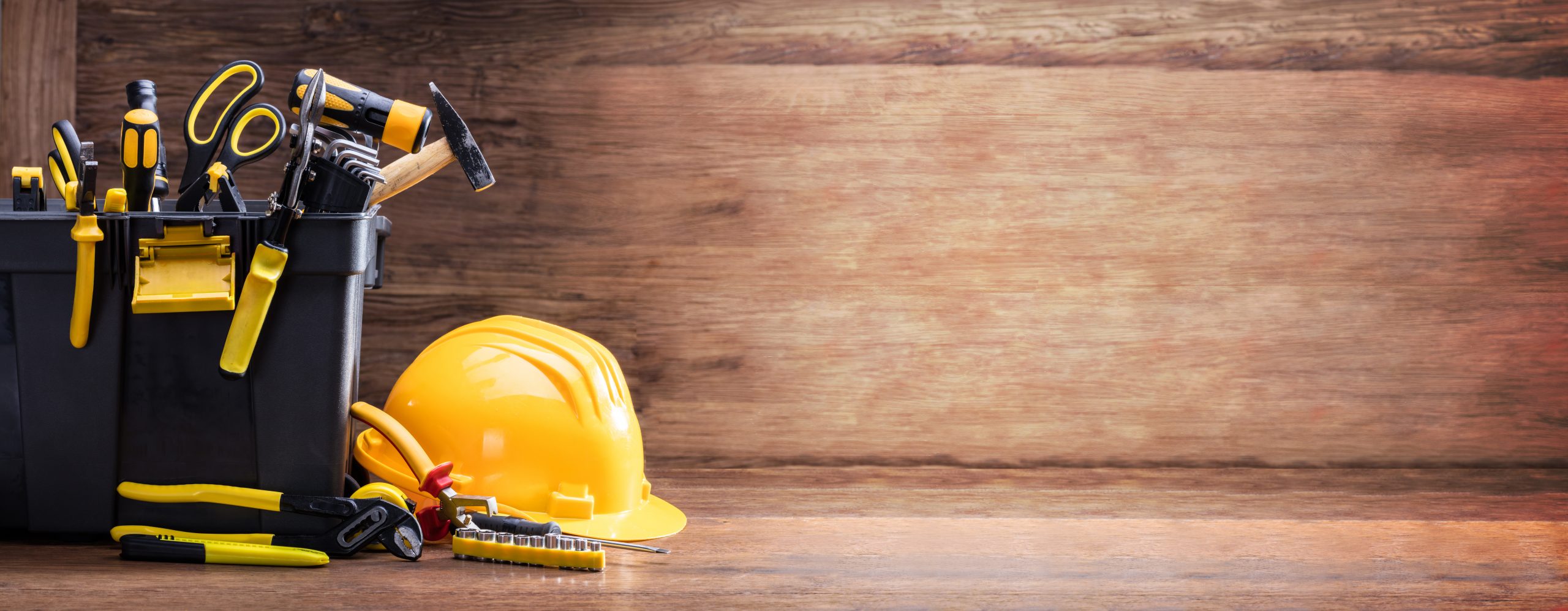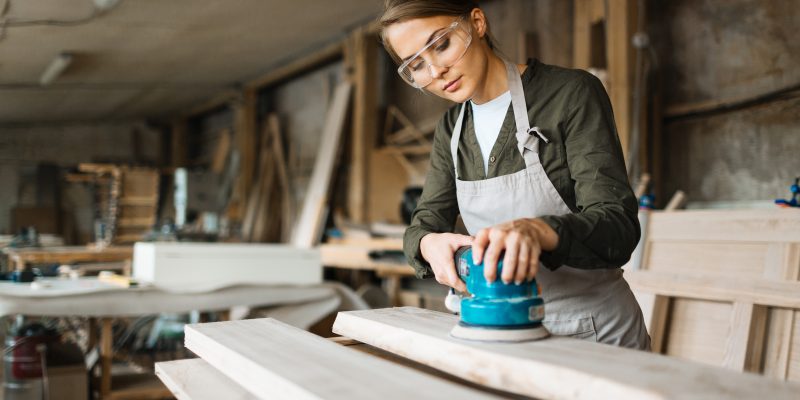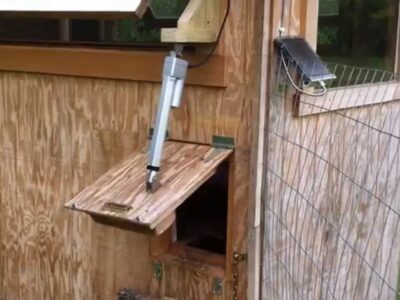Today, many homeowners are trying to handle DIY projects to make changes in their homes. Before starting any home project or DIY renovation, it’s vital to make safety a priority. Observing the proper safety measures protects not only yourself, but also the entire household and those around you.
Here are several safety tips when engaging in DIY renovations:
- Wear The Right Clothing Or Gear
In any DIY project, always wear proper clothing for protection. If the clothing is too loose, can’t provide enough coverage, or has highly flammable materials, it increases your risk for injuries. Today, you can find a good selection of safety gear. You can view workwear online to find the right one for your next DIY project.
It’s crucial to wear gloves when handling chemicals. Like breathing masks, some gloves have a specific rating for the substances you’re using. Always protect your skin at all times.
- Protect Your Head
If you have long hair, you must make sure to tie it back so that it won’t obstruct your eyesight and entangle in tools. It’s also a good idea to wear a hat or a hard hat, depending on the type of DIY project you’re doing.
- Wear Protective Eyewear
Before starting any project at home, it’s vital to wear protective eyewear to protect your eyes from flying debris or chemicals. Depending on the task you’re working on, it’s best to wear suitable eyewear.
Don’t overlook this safety precaution since there’s no way to know when an eye injury can occur. If you’re wearing eyeglasses, consult with a professional to ensure that they’re suitable for your type of work.
- Use A Mask
If you’re going to work with chemicals, it’s vital to use a protective mask. It’s critical to carefully read the packaging to ensure that you’re using the right mask for your task.
Certain chemicals require a respirator that a regular mask can’t handle. Take note that protective masks aren’t limited to chemicals and paint, but also appropriate for sanding and woodworking. The tiny particles from these activities can build up in your lungs and airways, resulting in potentially life-threatening damage.
- Use Tools Properly
Depending on the tools you’re going to use, you should know how to use them properly. If you find it exciting to use a drill for the first time, it might be best to take it slow because it is not as easy as handling a gun or nail hammer. The majority of tool-related accidents occur when rushing through a job. With this in mind, you should double-check safety guards and hand placements.

Safety Equipment’s Near Toolbox With Various Work Tools On Wooden Surface
If you’re using power tools, carefully follow all precautions in the manual. Don’t forget to unplug the tool before adjusting or servicing it, and after completing a task. Make sure that the tool works efficiently and has the appropriate safety guards at all times.
- Work With A Partner
There’s a reason why working on a renovation requires a companion or partner. Depending on the project’s scale, working with a partner at all times will allow both of you to watch out for each other.
- Use A Ladder Properly
If you need to use a ladder, you should set it on a level, solid surface. While you move up the ladder, always keep your weight in the center. Avoid leaning out on one side, keeping your hips between the rails, and standing on top of two rungs. In case it’s necessary to utilize an extension ladder to access the roof, try to lengthen a minimum of two rungs above the eaves. Doing so will allow you to grasp onto the ladder as you move onto the roof.
- Ensure Proper Ventilation
Fumes from stains, paint, and aerosol cans are detrimental to health once inhaled. Make sure that there’s proper ventilation in the area. Open windows and utilize ventilation equipment if available. As much as possible, use products that generate strong fumes outside if possible.
- Seal Off Dangerous Areas
When you have children and pets, it’s vital to block or seal off dangerous areas in the house. While working on a renovation or remodeling project, there might be hazardous tools, chemicals, exposed nails, and other dangers. Carefully check to ensure that all entrances to the work areas are child- and pet-proof.
- Do Electrical Work If You Have The Skills
When it comes to electrical tasks, you should turn off the power before working on a circuit. You must utilize a circuit tester to ensure that the circuit isn’t active after switching off the power. Don’t work on a live circuit, switch, or outlet.
- Always Have A Fire Extinguisher Available
In every house, there should be at least two functional A-B-C fire extinguishers. Choose those that are large enough to deal with home fires. Regularly inspect to ensure that they’re working.
Conclusion
In any DIY renovation or remodeling project in your home, it’s crucial to make safety a priority at all times. With safety as the focus, you can go through and complete your project without any costly accidents.










Comments